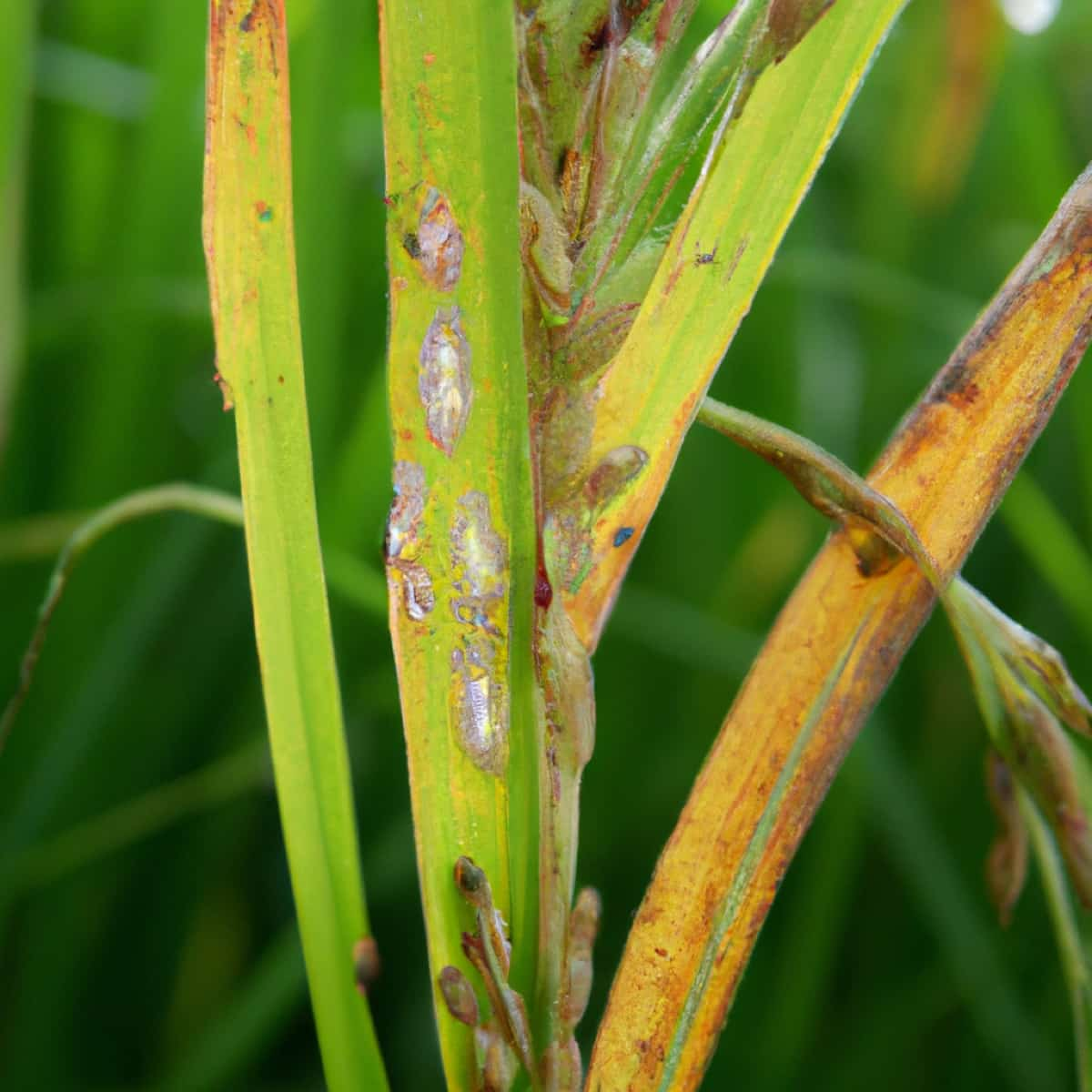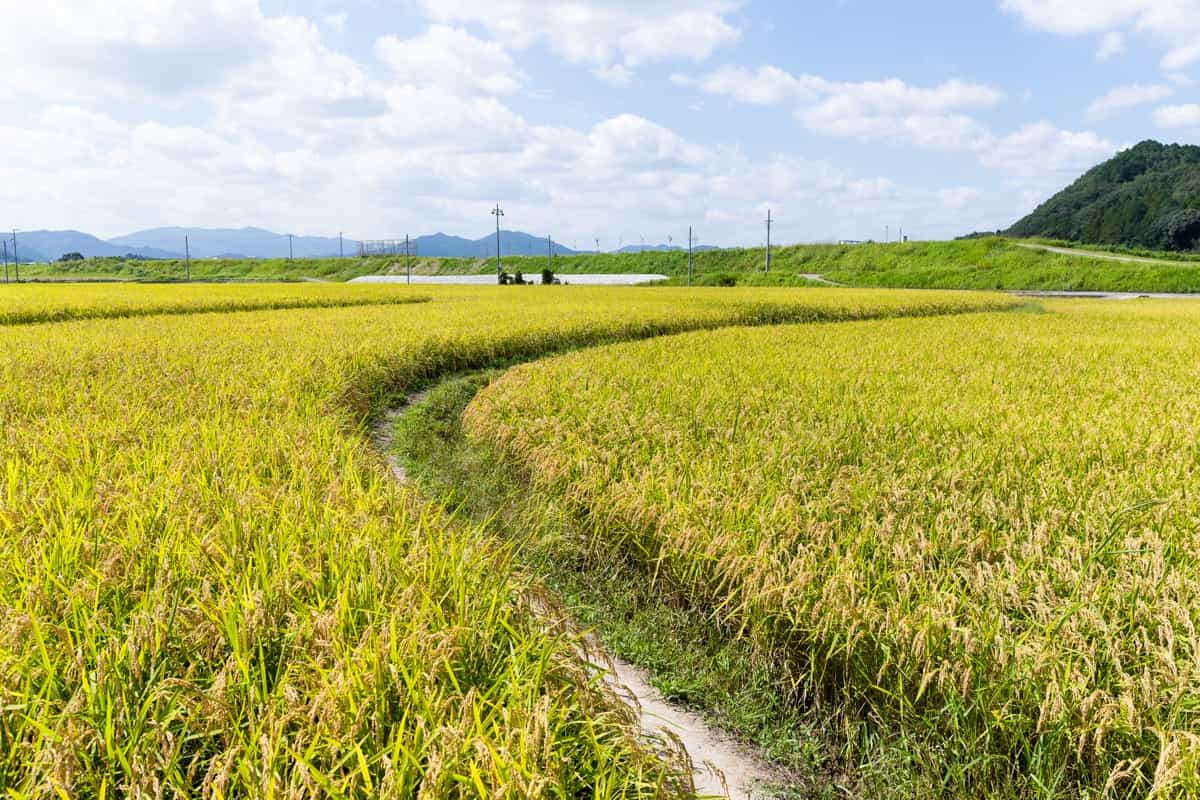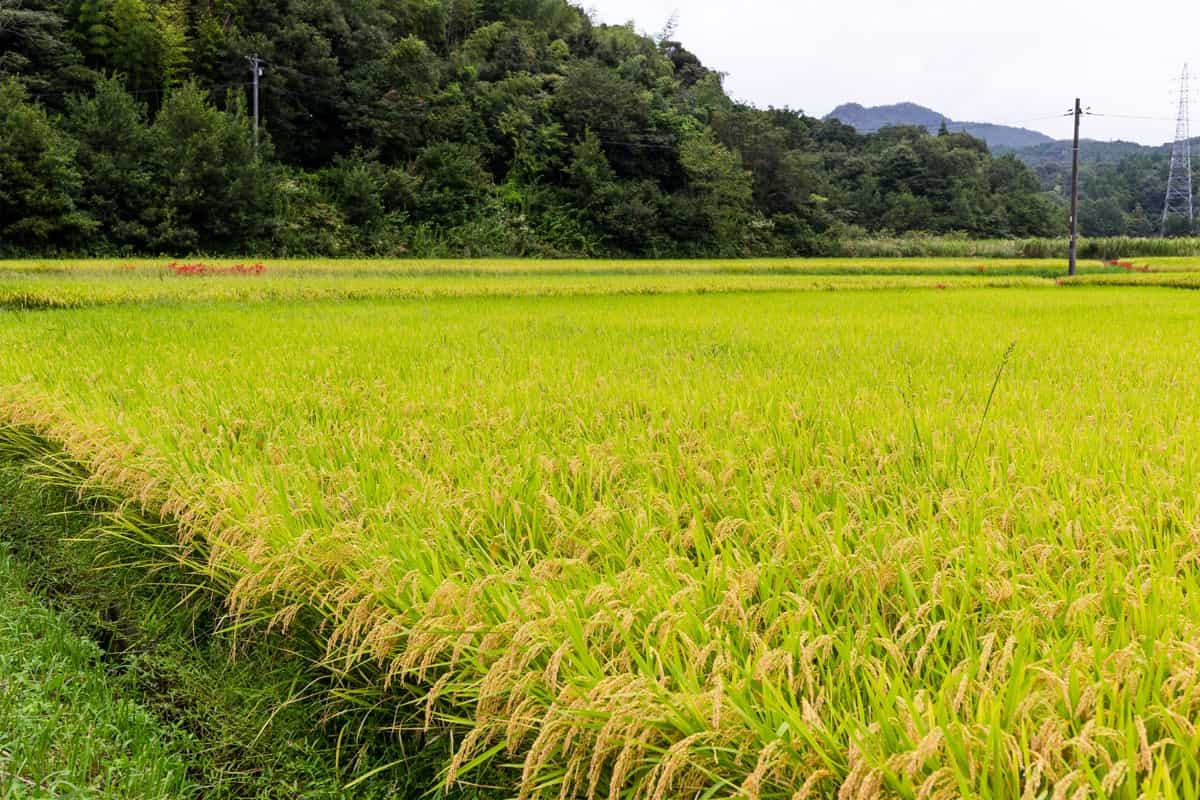Blast disease is a serious fungal disease affecting rice fields worldwide, with significant incidences in Japan, India, Taiwan, and the United States. The disease thrives in humid and wet areas and can cause significant crop losses of up to 90%. The blast illness is prevalent in India’s southern coastal districts. This disease has a devastating impact on rice production and threatens food security in several nations. Let’s check out more information on Rice Blast disease management in Paddy farming below.

Rice is a type of cereal grain. It is produced from the seeds of Oryza sativa (Asian rice) or Oryza glaberrima (white rice) (African rice). Rice is the most commonly consumed human staple food. It is the essential staple meal in Asia. Rice is the world’s third most-produced agricultural commodity. “Paddy” refers to unmilled rice.
Rice Blast disease management in Paddy
The causal organism of Rice Blast Disease
Blast is an infection caused by a fungus called Pyricularia oryzae, which is in the class of Deuteromycetes. There are different types of organisms, and each can infect a different type of rice plant differently. The pathogen makes two poisons called Pyricularin and Picolinic acid, which stop the plant from growing, which can live on collateral host plants like Panicum repens, Digitaria magrginata, and others.
Rice Blast Disease cycle
Blast often affects all above-ground portions of a rice plant, including the leaf, collar, node, neck, and parts of the panicle, as well as the leaf sheath. The neck and nodes are infected separately or jointly, causing identical symptoms. Blast disease can cause plants to produce few or no grains. The fungus spreads mostly through the mycelium and conidia found in straw, seeds, and other hosts. Conidia carried by the wind can spread to other fields through irrigation water. Pieces of the fungus can be found all year long.
Types of Rice Blast in Paddy crop
- Leaf blast: Leaf blast causes round, yellow-brown lesions with a black border on the plant’s leaves.
- Neck blast: A neck blast causes restricted development and lower grain production by affecting the stem close to the panicle.
- Stripe blast: causes the stems and leaves to develop long, thin, yellow-brown stripes.
- Sheath blast: Affects the sheaths of the leaves, turning them yellow until they finally take on the color of straw.
- Boot blast: Impact the growing panicles, turning them yellow and brown.
Causes/conditions favorable for Rice Blast disease spread in the field
- Intermittent drizzles
- Cloudy weather
- High relative humidity
- Temperatures that dip below average throughout the night (between 15 and 26 degrees C)
- Collateral host availability
- Extra nitrogen fertilizer application to soil.
In case you missed it: Mealybug Management in Paddy: Symptoms, Treatment, Chemical, Biological, Natural, and Organic Control

Symptoms of Rice Blast disease
- Small blue-green flecks that grow into spindle-shaped patches with a grey center and a dark brown edge are symptoms on leaves, nodes, rachis, and glumes (leaf blast).
- All plant portions above the diseased nodes finally die due to the black lesions that nodal blast develops on the nodes.
- Grayish-brown lesions on the neck brought on by a neck blast lead the panicle to girdle and fall over.
- No grain forms if the neck blast happens before the milky stage, but if it happens after, the grains that do form are of low quality.
- Brown to dark brown lesions can be seen on the pedicels and branches of the panicles.
Percentage of yield loss due to Rice Blast disease in Paddy crop
Pyricularia oryzae is a fungus that attacks paddy crops at every stage of their growth, from when they are just seedlings to when they are late tillering and ear heading. The disease may cause losses of up to 90% of the entire corp. In general, 70-80% under extreme cases, 100%
Cultural control measures of Rice Blast disease
- Remove collateral weed hosts from bunds and near rice fields.
- Only disease-free seedlings should be used.
- Avoid excess nitrogen
- N should be applied in three split doses: a basal dosage of 50%, a tillering phase dose of 25%, and a panicle initiation stage dose of 25%.
- Use resistant variety; producing a crop free of disease requires starting with disease-free seedlings.
- Sanitation practices in the field, which involve the removal of infected plants, can help minimize the disease’s secondary spread.
- Practice can be achieved by the removal of alternate hosts out in the field.
Biological control measures of Rice Blast disease
- Blast control in rice crops can also be done by Pseudomonas fluorescence seed and seedling treatments.
- The seeds are treated by soaking in a solution of 10g Pseudomonas fluorescence in 1 liter of water for 30 minutes.
- 4g of Pseudomonas fluorescence in 1 liter of water is used for seedling root dip therapy for 20 minutes.
- Furthermore, for effective disease management, a foliar spray of 4g of Pseudomonas fluorescence in 1 liter of water can be administered 20-25 days after transplanting.
Chemical control measures of Rice Blast disease
- Captan or Thiram Carbendazim or Tricyclazole at a dose of 2 grams per kilogram of seed or Bacillus subtilis at a dose of 10 grams per kilogram of seed should be used to treat the seeds.
- Carbendazim 50 WP 25 g or Edifenphos 50 EC 25 ml should be sprayed into the nursery for twenty cents.
- Spraying of chemicals like Azoxystrobin 25 SC @ 500 ml/ha (or) Carbendazim 50WP @ 500g/ha (or) Tricyclozole 75 WP @ 500g/ha.
- When early symptoms appear, foliar spray the main field with edifenphos 200 ml or carbendazim 100 g, tricyclazole 75 WP 200 g, or iprobenphos (IBP) 200 ml/acre or azoxystrobin + difenoconazole 100 ml/acre.
In case you missed it: Leaf Folder Management in Paddy: Symptoms, Treatment, Chemical, Biological, Natural, and Organic Control

Organic/natural control measures of Rice Blast disease
Using the following sprays can help in the organic management of the paddy blast disease.
V-Kure 2 gm/L + Bactosan 3 gm/L + Neemark 300 ppm 1 mL/L
Preventive measures for control of Rice Blast disease
- Use resistant varieties
- Burn blast-damaged straw and stubble.
- Disease-free seeds
- Balanced nutrition based on soil test—split nitrogen treatments.
- Excessive N usage can encourage too luxuriant crop growth, which raises the crop canopy’s relative humidity and leaf wetness. It can result in further infections).
Conclusion
The fungus Pyricularia oryzae causes rice blast disease, which can cause substantial damage to paddy crops. Identifying symptoms, employing chemical and biological control measures such as foliar sprays of fungicides and seed treatments with Pseudomonas fluorescence, as well as natural and organic control approaches, are all part of effective disease management. Effective disease management is critical for increasing agricultural output and quality.
- Beneficial Insects in Pest Management
- Natural Solutions for Pest Control in Flower Gardens
- Types of Fungicides Used in Agriculture
- Common Issues in the Fruit Development Stage of Pomegranate Farming
- Fruit Development Issues in Papaya: Easy Solutions and Treatment
- Soil-Borne Diseases and How to Protect Your Plants
- Practices to Prevent Disease Spread in the Garden
- From Wilted to Thriving: How to Treat Root Rot Naturally in Houseplants
- Natural Remedies to Cure Brown Spots on Fig Tree Leaves